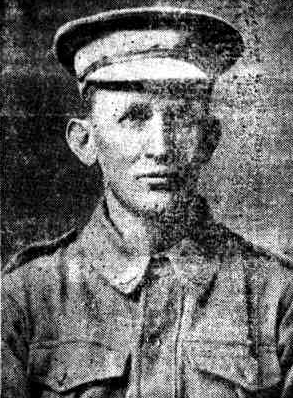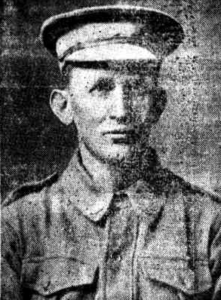Francis Bede Commins was born in Springside in 1877, the tenth of thirteen children born to Thomas Commins and his wife Bridget nee Kennedy. Thomas Commins, a native of County Clare, had migrated to Australia to seek his fortune in the goldfields at Ballarat. In 1854 he was managing the Working Miners’ Claim at Sebastopol Hill and took an active part in the Eureka Stockade. By 1870 the family had relocated to Beneree at Springside, where, in 1888, Thomas died.
Frank was educated at St Stanislaus College in Bathurst. In 1895 he sat the Sydney University entrance examination, which he passed. The Freeman’s Journal of 3 August 1895 printed Frank’s results: French B, Latin C, Arithmetic B, Geometry C, Physics A, Physiology C.
On 21 November 1903 Justices Simpson and Pring admitted thirteen new solicitors to the bar, Francis Bede Commins among them. A celebration was held at Springside in late December after which Francis moved to Parkes, where he opened a legal practice in Dalton Street.
In his spare time Frank enjoyed playing cricket and football, frequently acting as a referee. He was a popular figure around the town, and known for his charitable nature. A member of the Hospital committee, Frank was also an active worker in Catholic Church matters.
On Wednesday 11 November 1908 Francis married Nora Byrnes at St Jurlath’s Church in Parkes. Nora was the eldest daughter of Railway Inspector Patrick Byrnes, and had played the organ for the St Jurlath’s for eight years. A daughter, Kathleen Mary, was born in 1909 and a son, John Bede (Jack), in 1913.
At age 39 Francis left behind his legal practice and enlisted for service. He embarked from Sydney in September 1916, arriving in England in November. He spent six weeks with the 14th Training Battalion before proceeding to France, where he was taken on strength with the 53rd Battalion.
During the first weeks of 1918 Francis attended musketry school. He was hospitalised on 18 January 1917 with dental problems, and did not rejoin his unit until 21 March.
Ten days later Francis was killed in action near Bapaume, hit by a piece of shell as he stood in a mine crater.
Francis ended his last letter to his Nora with ten kisses for her, ten for little Kathleen, and the request “pray for me“.
His obituary in the Western Champion stated:
[Frank] proved himself a man of generous instincts, a warm and steadfast friend, and an honorable opponent to all who differed with him either in his professional capacity or in public affairs.
Francis Bede Commins is commemorated on the Parkes RSL Roll of Honour, the Law Society of New South Wales World War I Honour Roll, the World War I Roll of Honour on the southern face of the Orange Cenotaph and on panel number 157 on the Roll of Honour at the Australian War Memorial in Canberra.
In 1923 the Anzac Memorial Avenue of trees was planted along Bathurst Road to commemorate fallen WWI soldiers. A tree was planted in honour of “Pte FB Commins”; it was donated by James Joseph Dalton. Very few of the trees are still standing today.
Two of Francis’ brothers also served in WWI: James Commins was killed in action on 3 May 1917, and Patrick Joseph Commins, who returned to Australia in January 1919.


